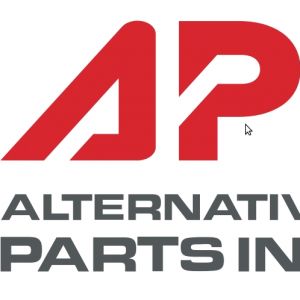How Laser Cutting Works in Leather IndustryPosted by Steven Glassner on December 16th, 2020 From car seats to handbags, jackets, shoes, and others, leather is a widely used product in the market. Its design and flexibility make it easy to cut and shape into another. Technology has further made it possible to use leather for automobile seats, book bindings, fashion, and furniture. The increasing application count highlights that the leather industry should replace the cutting process like stone knives and bone needles with laser cutting. Laser cutting is a popular technology and can enhance leather’s functionalities while maintaining quality. Keep reading to learn more! Laser Cutting Laser cutting is a process of cutting metallic and non-metallic materials with a laser. You can use it for industrial or artistic purposes. How does it work? The cutter discharges a high laser beam, which then distorts the material and makes a cut. Role of Laser Cutting in Leather Industry For making a leather product such as car leather, furniture, or shoes, you first need to cut the leather. Leather skin, being a non-uniform contour, makes it challenging to cut. Up to that, it requires a high level of knowledge, good observation skills, and high-quality tools like a laser cutter. Laser cutters provide high-quality cut in less time with the help of laser beams and computer technology. Generally, the CO2 laser beam focuses on the small spot. This focus then attains a high power density that converts photons into heat. The generated heat makes a hole in the material. Despite being at a high temperature, the laser cutter doesn’t deform the material. It is possible because of the cut seam that the hole produces. Processes Involved in Leather Industry As leather needs to be cut in different shapes and sizes, laser cutting involves two different processes to accomplish the goals. The two approaches are nesting and cutting sequences. Nesting Nesting means positioning parts in such a way that they throw minimal waste on cutting. However, it is not a suitable choice because it doesn’t guarantee the complete utilization of material. This uncertainty makes it challenging for large businesses to follow this process. Besides, a large-scale production might have to spend more than earn. The process involves a lot of challenges. However, to overcome it, the use of nesting software has increased. Cutting Sequence Cutting sequence is a process that utilizes the shortest path to accomplish the cutting procedure. Along with processes, manufacturers like Trumpf spare parts and Bystronic laser parts also enhance the machine’s ability to engrave leather. Leathers Suitable for Laser Cutting The four most suitable types are:
Advantages and Disadvantages of Using Laser Cutting for Leather Industry Advantages
First, you need to choose a machine that has quality parts and features to leverage these benefits. Manufacturers like Trumpf spare parts and Bystronic laser parts provide high-quality products. Make sure to check them out. Disadvantages
Conclusion It would be beneficial to have a laser cutting tool in your leather business. Its extensive list of features and benefits makes it an attractive tool. Yet, to purchase it and its consumables, always prefer quality manufacturers like Trumpf spare parts and Bystronic laser parts. Like it? Share it!More by this author |



